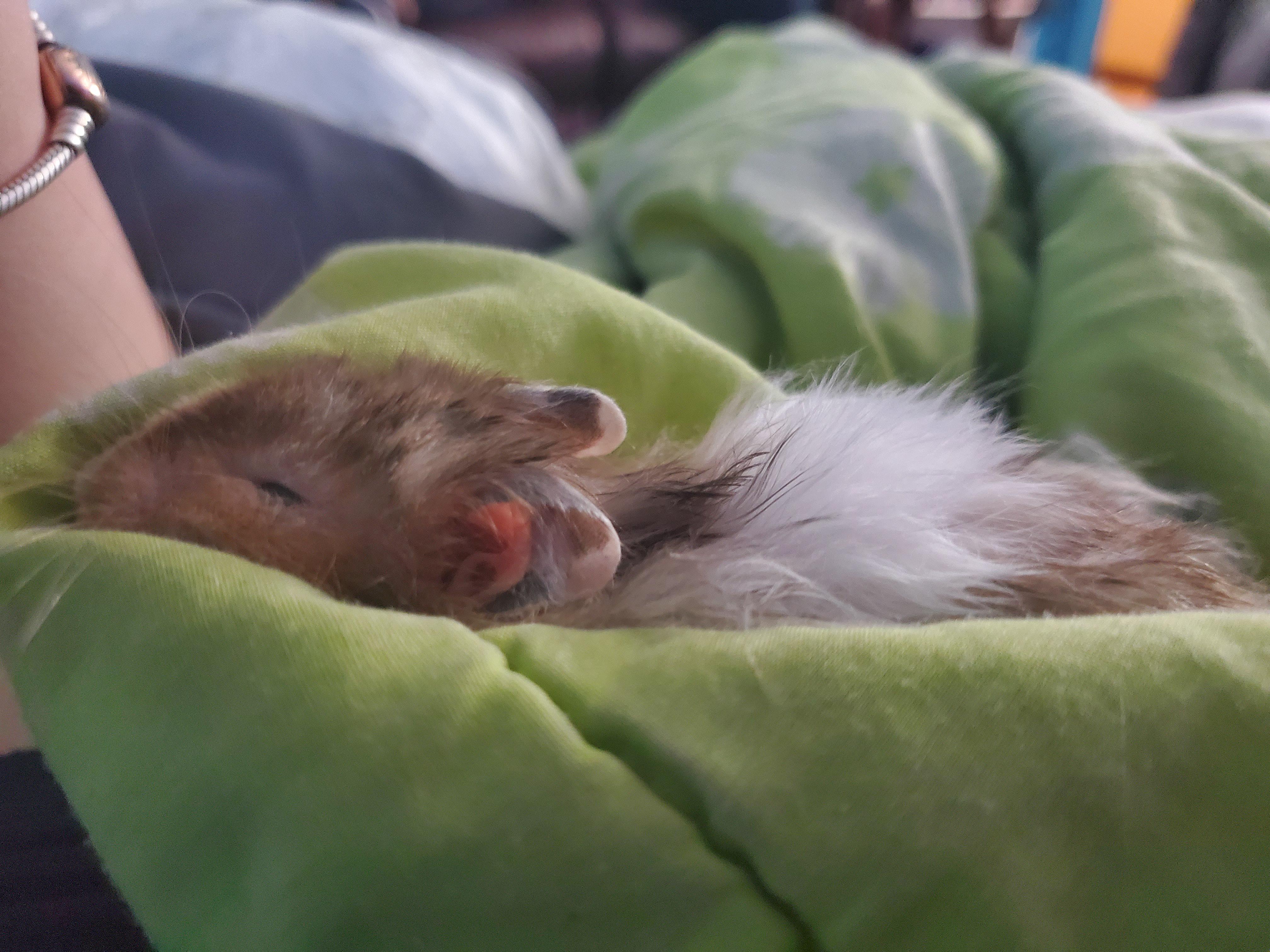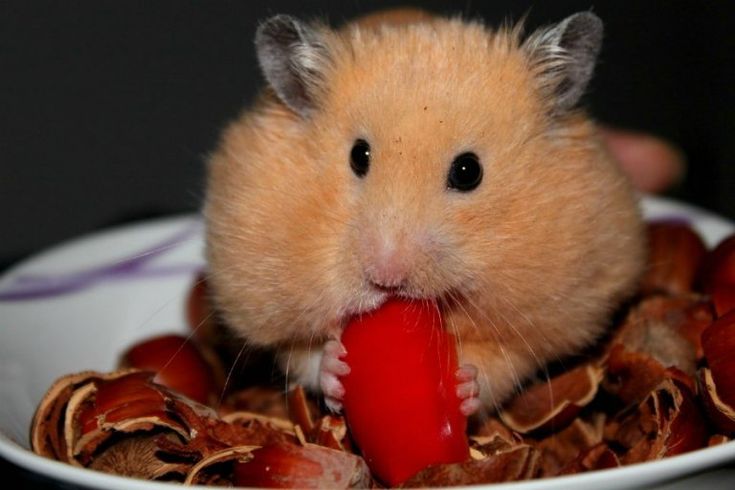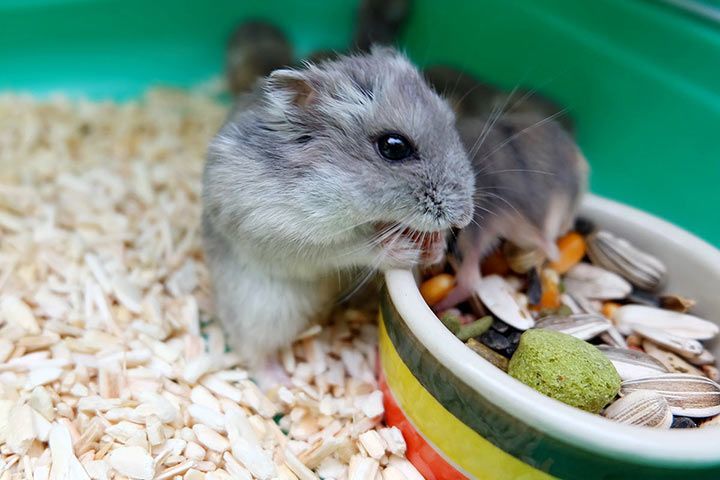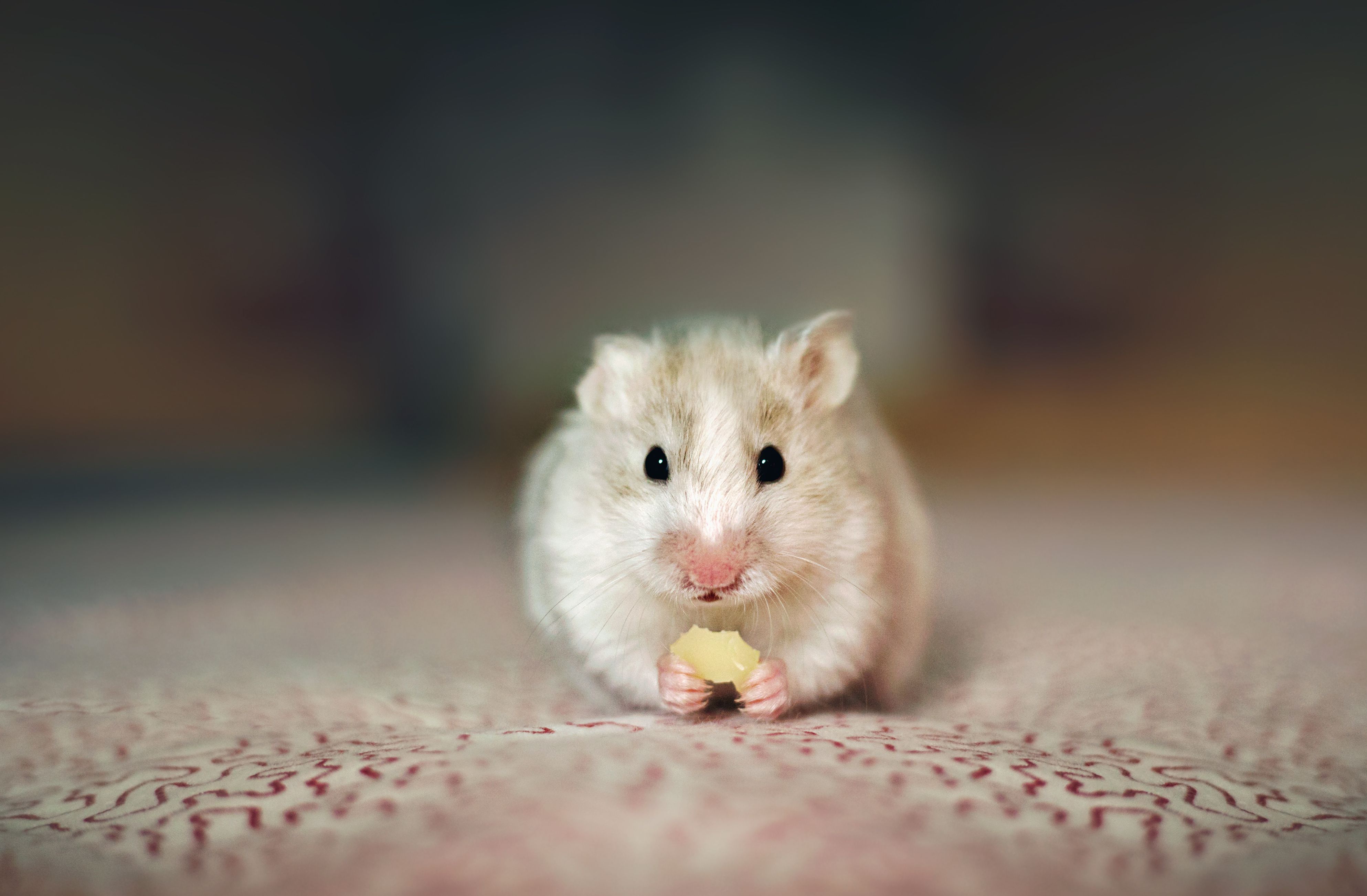Hamsters, with their tiny bodies, curious personalities, and playful antics, have captured the hearts of many as potential pets. Their compact size, low maintenance needs, and affordability make them particularly appealing to first-time pet owners, families with children, and those living in small spaces. However, before bringing a hamster into your home, it’s essential to thoroughly consider various aspects to determine if it’s the right choice for you and your family.
Seemore: Can a Hamster Eat a Strawberry?
Pros of Owning a Hamster:

Minimal Space Requirements:
One of the main advantages of owning a hamster is their minimal space requirements. These small rodents are known for their adaptability to various living spaces, making them ideal for individuals living in apartments, dorms, or houses with limited space. Unlike larger pets like dogs or cats, hamsters can comfortably reside in relatively small enclosures, such as a cage or a tank.
Suitable Enclosures for Hamsters:
When it comes to choosing an enclosure for your hamster, there are several options available in the market. The most common ones include wire cages, plastic cages, and glass tanks. Each type has its own set of pros and cons, so it’s essential to do some research and choose one that best suits your needs and budget.
- Wire cages: These are the most popular type of hamster enclosures. They provide good ventilation and allow for easy cleaning. However, they may not be suitable for dwarf hamsters as they can easily squeeze through the bars.
- Plastic cages: These are usually more affordable than wire cages and come in various sizes and designs. They also offer good ventilation and are easy to clean. However, they may not be as durable as wire cages.
- Glass tanks: These are a great option for hamsters as they provide ample space for them to run around and explore. They also offer good visibility and are escape-proof. However, they may be more challenging to clean and may not provide enough ventilation.
Low Maintenance:
Another advantage of owning a hamster is that they are generally low-maintenance pets. They don’t require frequent walks, elaborate grooming sessions, or extensive outdoor exercise like other pets. A clean enclosure, a balanced diet, and regular interaction are usually sufficient to keep them happy and healthy.
Cleaning and Maintaining the Enclosure:
Keeping your hamster’s enclosure clean is crucial for their health and well-being. It’s recommended to spot clean the cage daily by removing any soiled bedding or uneaten food. A full cleaning should be done at least once a week, where you remove all the bedding, wash the cage with mild soap and water, and replace it with fresh bedding. It’s also essential to regularly check for any signs of illness or injury and take your hamster to the vet if necessary.
Grooming Needs:
Hamsters are relatively clean animals and groom themselves regularly. However, you can help maintain their coat by providing them with a dust bath once or twice a week. This helps remove any excess oils and keeps their fur soft and clean. You can also trim their nails if they get too long, but this should be done carefully to avoid injuring them.
Exercise and Interaction:
While hamsters don’t require as much exercise as other pets, it’s still essential to provide them with opportunities to stay active and stimulated. This can be achieved through various toys and activities in their enclosure, such as tunnels, wheels, and chew toys. It’s also crucial to interact with your hamster daily to build a bond and keep them socialized.
Affordable:
Compared to other pets, hamsters are relatively affordable. The initial investment for a hamster, its enclosure, necessary supplies, and food is significantly lower than that of other commonly owned animals. This makes them an accessible choice for those with budget constraints.
Initial Costs:
The cost of owning a hamster will vary depending on the type of enclosure you choose, the breed of hamster, and the necessary supplies. On average, the initial cost can range from $50 to $150. This includes the cost of the hamster, which can range from $5 to $20, the enclosure, which can range from $30 to $100, and supplies such as bedding, food, and toys, which can range from $15 to $30.
Ongoing Expenses:
The ongoing expenses for owning a hamster are relatively low. The main costs include food, bedding, and occasional vet visits. On average, these expenses can range from $10 to $20 per month, depending on the quality of products you choose.
Easy to Care for:
Hamsters are generally easy to care for, making them an ideal pet for first-time owners or families with children. They have simple needs and don’t require extensive training or specialized care.
Suitable for Children:
Hamsters can make great pets for children, as long as they are supervised and taught how to handle them properly. Their small size and gentle nature make them less intimidating than larger pets, and their low maintenance needs make it easier for children to take on some responsibilities in caring for them.
Good for Busy Lifestyles:
For individuals with busy lifestyles, hamsters can be a great choice as they don’t require as much time and attention as other pets. As long as they have a clean and comfortable enclosure, access to food and water, and regular interaction, they can thrive in a busy household.
Cons of Owning a Hamster:

While there are many advantages to owning a hamster, there are also some downsides that should be considered before bringing one into your home.
Short Lifespan:
One of the main drawbacks of owning a hamster is their short lifespan. On average, hamsters live for about 2-3 years, with some breeds living up to 4 years. This means that you will have to say goodbye to your furry friend sooner than you would with other pets.
Nocturnal Nature:
Hamsters are nocturnal animals, meaning they are most active at night. This can be a disadvantage for those who prefer a pet that is awake and active during the day. However, with some adjustments, such as providing them with toys and activities in their enclosure, you can still interact with your hamster during the day.
Potential Health Issues:
Like any animal, hamsters are susceptible to various health issues, including respiratory infections, dental problems, and tumors. While these can be treated, it’s essential to be aware of the potential costs and time commitment involved in caring for a sick hamster.
Choosing the Right Hamster:

If you’ve decided that a hamster is the right pet for you, the next step is choosing the right one. There are several breeds of hamsters available, each with its own unique characteristics and needs.
Syrian Hamsters:
Syrian hamsters, also known as golden or teddy bear hamsters, are the most common breed kept as pets. They are larger than other breeds, reaching up to 6 inches in length, and come in various colors and patterns. They are solitary animals and should be housed alone to avoid fighting.
Pros:
- Larger size makes them easier to handle and interact with
- Come in a variety of colors and patterns
- Generally friendly and easy to tame
Cons:
- Can be aggressive towards other hamsters
- May not do well with frequent handling
- Shorter lifespan compared to other breeds
Dwarf Hamsters:
Dwarf hamsters are smaller than Syrian hamsters, reaching only 2-4 inches in length. They are more social than Syrian hamsters and can be housed in pairs or small groups, as long as they are introduced at a young age.
Pros:
- Smaller size makes them ideal for smaller enclosures
- Can be housed in pairs or small groups
- Longer lifespan compared to Syrian hamsters
Cons:
- May not do well with frequent handling
- Can be prone to health issues such as diabetes and tumors
- May be more challenging to find in pet stores compared to Syrian hamsters
Chinese Hamsters:
Chinese hamsters are often mistaken for dwarf hamsters due to their similar size. However, they have distinct features, such as longer tails and a more slender body. They are also more solitary and should be housed alone.
Pros:
- Unique appearance compared to other breeds
- Generally friendly and easy to handle
- Longer lifespan compared to Syrian hamsters
Cons:
- May not do well with frequent handling
- Can be prone to health issues such as diabetes and tumors
- May be more challenging to find in pet stores compared to Syrian hamsters
Preparing for Your Hamster’s Arrival:

Once you’ve chosen the right hamster for you, it’s essential to prepare for their arrival to ensure a smooth transition into their new home.
Setting Up the Enclosure:
Before bringing your hamster home, make sure their enclosure is set up and ready for them. This includes providing them with a suitable cage or tank, bedding, food and water bowls, toys, and hiding spots. It’s also crucial to research the specific needs of your chosen breed to ensure their enclosure is tailored to their requirements.
Choosing the Right Food:
Hamsters require a balanced diet consisting of a good quality hamster mix, fresh fruits and vegetables, and occasional treats. It’s important to avoid feeding them sugary or fatty foods, as this can lead to health issues. It’s also essential to provide them with a constant supply of fresh water.
Bonding with Your Hamster:
Building a bond with your hamster takes time and patience. It’s important to give them space when they first arrive and gradually introduce yourself through offering treats and talking to them in a calm and gentle voice. Avoid handling them too much in the beginning, as this can cause stress and make it more challenging to build trust.
Conclusion:

In conclusion, hamsters can make great pets for those looking for a low-maintenance, affordable, and compact companion. However, it’s crucial to thoroughly consider all aspects before bringing one into your home. From their minimal space requirements and low maintenance needs to their short lifespan and potential health issues, there are many factors to take into account. By doing your research and choosing the right breed, providing a suitable enclosure and diet, and taking the time to bond with your hamster, you can ensure a happy and fulfilling relationship with your new furry friend.
